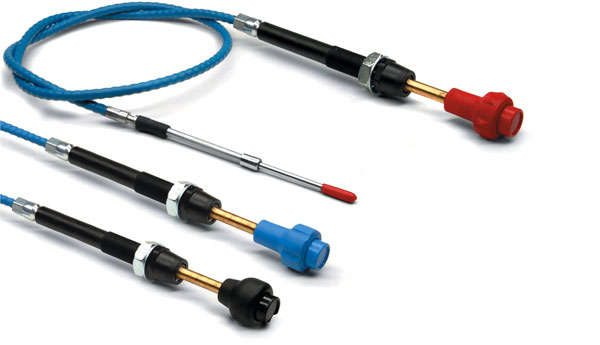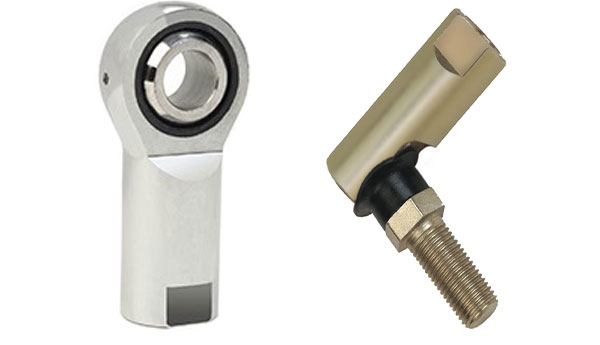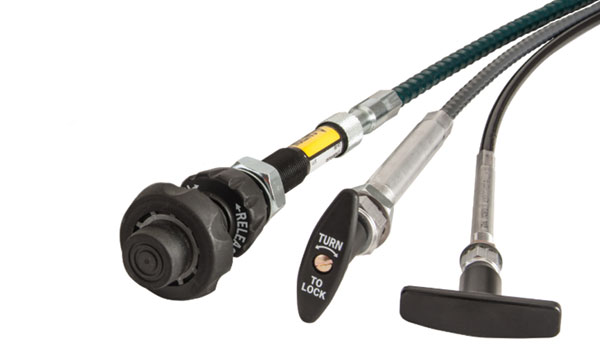LIMITLESS
VERSATILITY
SOLUTIONS
APPLICATIONS
SAFELY CONNECTING A WORLD IN MOTION.
In a world on the go, failure is not an option. That’s why, for over seventy-five years, Cablecraft has specialized in designing engineered solutions that keep things moving, reliably. But we don’t just manufacture quality motion control products and assemblies—our engineering and manufacturing experts collaborate with you to design answers to your most pressing motion control problems.








From light duty controls used in sport aircraft, to medium duty throttle and shift assemblies used in powersports, through heavy duty and high temperature applications in construction, light vehicles, and engine controls. Cablecraft’s proprietary or customized control cables, rod ends, ball joints, linkage assemblies, and remote actuation products provides solutions to our customers most complex challenges. We do this with an application-focused philosophy that makes our offering to you far more about ideas, advice and solutions than merely about products. Before we ever sell you a product, we want to become your engineering—and problem-solving— partner.
This focus on partnership means that our customers rely on our knowledge, communication, efficiency, and diversity of resources to meet their unique product needs.
With limitless possibilities, versatility, applications, and engineered solutions, we are propelling the world forward, reliably, safely, no matter the industry and whatever the challenge. Offering proprietary or customized control cables, rod ends, ball joints, linkage assemblies, and remote actuation products, you get superior engineering support, guaranteed product quality, and complete reliability, and excellent service.
Welcome to Cablecraft.

Cablecraft has engineered a wide range of control cable fittings and hardware to create motion control solutions that improve precision and reliability in your application. From clevises and control heads to end fittings and compression springs, leverage Cablecraft as your motion control engineering partner.

As a leading designer and manufacturer of motion transfer components, Cablecraft provides linkages and linkage assemblies for a wide range of applications and industries. We can help you choose the best engineered assembly for your application or help you custom design your own proprietary system.

Cablecraft’s cable controls offer lightweight, reliable solutions for the remote actuation of latches, releases and locking gas springs. As your engineering partner, we can assist you in the design and specification of the best system for each of your applications, even designing custom components per your proprietary requirements when required.
For general information and general inquires please fill out the form below. If you'd like a quote please fill out our Request a Quote Form. A sales representative will be in touch within 24 business hours.